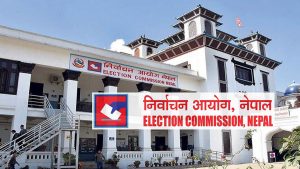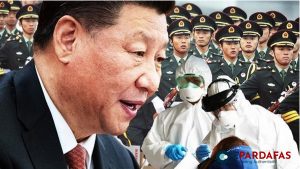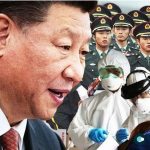
Sri Lanka Leans Towards India as a Counterbalance to Chinese Influence
In a strategic shift aimed at balancing Chinese dominance in Sri Lanka, President Ranil Wickremesinghe’s government has increasingly turned to Indian companies for crucial infrastructure projects. This move reflects a broader geopolitical maneuvering in the Indian Ocean region, where Asian rivals vie for influence and control.
The recent approval of a 20-year power purchase agreement with India’s Adani Green Energy underscores Sri Lanka’s efforts to diversify its infrastructure partnerships. Adani’s investment of $442 million in wind power stations in Mannar and Pooneryn signals India’s growing footprint in Sri Lanka’s energy sector. Moreover, the joint venture control of the Mattala Rajapaksa International Airport (MRIA) by an Indian-Russian consortium further solidifies India’s presence in Sri Lanka’s critical infrastructure.
These developments come amidst India’s concerted efforts to counter China’s expanding influence in South Asia. With projects like the Colombo port terminal and container terminal investments led by Adani Ports and Special Economic Zone, India has strategically positioned itself as a key player in Sri Lanka’s infrastructure development.
The takeover of MRIA, once dubbed the “world’s emptiest airport,” highlights the broader geopolitical implications of India’s involvement in Sri Lanka. Situated in close proximity to the Hambantota Port, which is now managed by China, MRIA’s strategic location underscores its significance in the geopolitical tug-of-war between India and China.
Diplomatic historian George I.H. Cooke emphasizes India’s proactive foreign policy agenda aimed at securing its interests in the region. However, he notes that Sri Lanka must ensure that investments translate into tangible benefits, particularly in terms of technology transfers, to maximize India’s influence.
The joint venture selection process for MRIA underscores India’s commitment to transparency and competitive bidding. While India denies direct involvement in the process, it encourages Indian companies to explore investment opportunities in Sri Lanka, further enhancing bilateral ties.
Maritime expert Rohan Masakorala advocates for Sri Lanka to maintain neutrality in its engagements with global powers, fostering trade and peaceful activities in the Indian Ocean. He stresses the importance of building bridges between India, China, and other stakeholders to mitigate conflicts and promote economic cooperation.
Meanwhile, aviation expert Harsh Vardhan highlights Sri Lanka’s strategic vulnerability amidst competing interests from major powers. He warns of the risks associated with China’s “debt trap” diplomacy but cautions against overestimating the geopolitical significance of individual projects like MRIA.
As Sri Lanka navigates the complex geopolitical landscape of the Indian Ocean, its strategic decisions will shape not only its own future but also regional stability and security. With India and China vying for influence, Sri Lanka’s role as a strategic pivot underscores the challenges and opportunities inherent in balancing competing interests in the region.













Comments